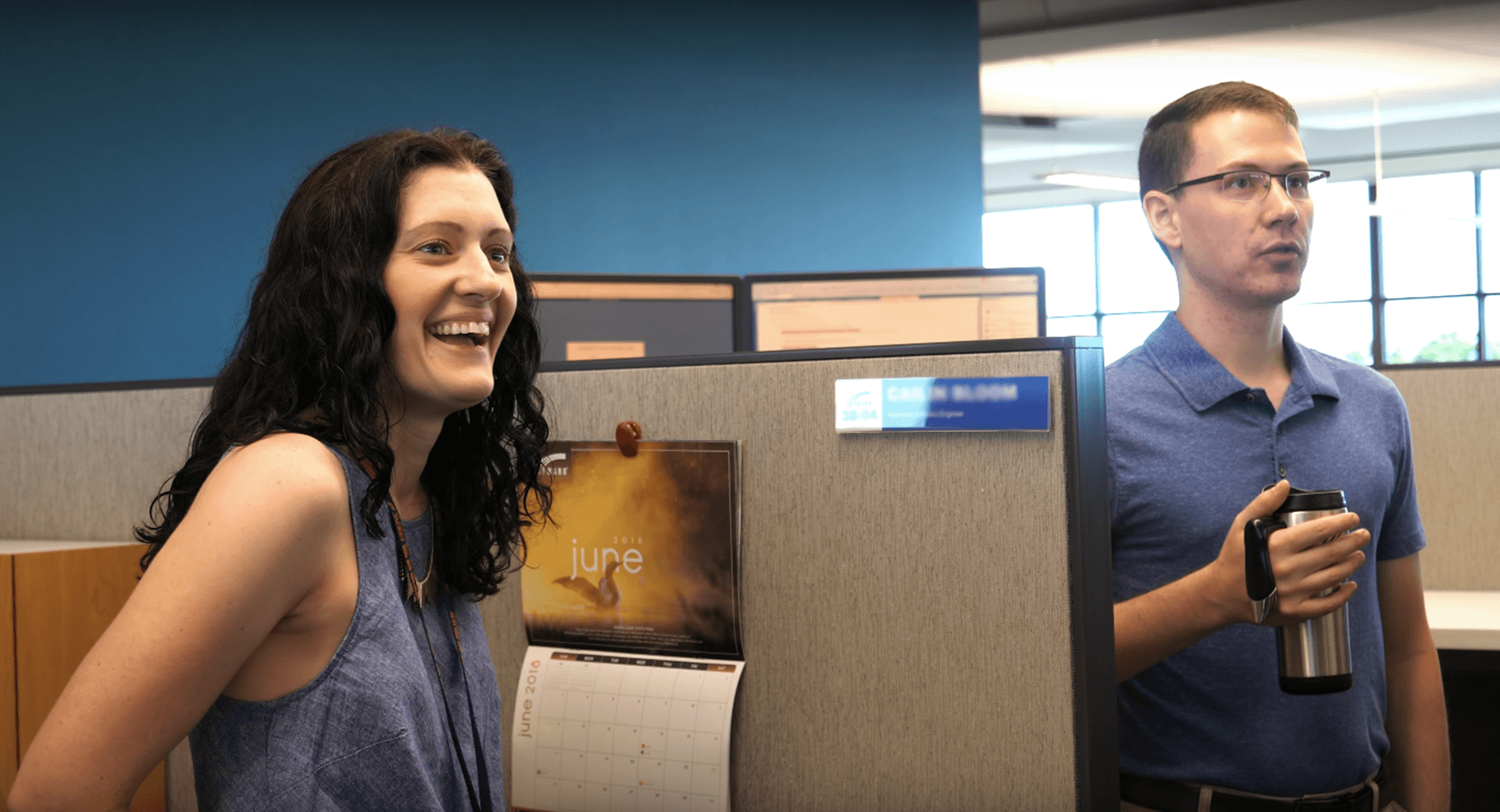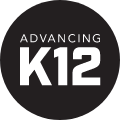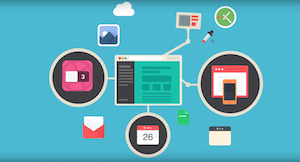| Technology • |  |
What Is Turning Women Away from Computer Science?
BY Advancing K12 Staff
He’s young, with glasses and a collared shirt, and he works at a computer all day.
If asked to describe a “typical” computer programmer, perhaps your response would sound something like this. But while providing such details, you might fail to acknowledge a more significant trait—that he is a “he.”
Programmers are men; that’s an assumption a lot of people make. Unfortunately, there is good reason for this assumption. Despite women earning nearly 60 percent of all undergraduate degrees, they account for less than 20 percent of computer and information science degrees and likewise hold less than 20 percent of jobs in the field.
This gender imbalance has been an ongoing issue for decades. But before we dive into its implications, let’s rewind the tape. As they say, the beginning is a good place to start!
A Quick History of Programming
Believe it or not, computer science hasn’t always been male dominated. During World War II, when many men were abroad, women took on a variety of wartime jobs. Computers (people who computed calculations) were hired by the military to calculate ballistics trajectories, or the angle soldiers should fire at based on factors like distance and weather. By hand, these calculations were so slow and complex that John Mauchly and J. Presper Eckert designed a machine called the ENIAC, which they believed could produce quicker numbers. To perform the calculations with this new machine, they employed a handful of the female computers.Yes, these women were the world’s first programmers. They encountered the cutting edge and quickly discovered its blade was sharp; no programming tools or languages existed, so the women had to figure everything out for themselves. Yet they successfully programmed the ENIAC to run ballistics trajectories in seconds—and consequently paved the way for programmers and software engineers to come.
After the war, some men began going into programming as well, though the work was still considered low and “stereotypically female.” Into the 1960s and ‘70s, women continued to make up a large percentage of the computing workforce. But that percentage soon began to decline. When home computers gained popularity in the 1980s, advertisements largely targeted males. The computer became thought of as a “boys’ toy”—a stereotype that was only reinforced in popular culture with movies like Weird Science and Revenge of the Nerds. Families were much more likely to buy computers for boys than girls, which gave men a significant advantage when it came to computer science courses. Though some women entered college with the intent to study computers, very few graduated with a degree in that discipline.
By the turn of the century, women had been all but pushed out of computer science.
The Hurdles of Expectation and Bias
Today, enrollment in high school math and science classes is split evenly between males and females, and standardized test scores are fairly equal. This is no doubt thanks to the efforts of schools and organizations that have encouraged girls’ interest in STEM subjects. (And, we like to think, thanks to representation such as in Skyward’s The Code Twins, a children’s coding book in which two of the main characters are female.)This is a fantastic step in the right direction, but the fact remains that girls simply aren’t pursuing STEM beyond high school. While the number of women graduating with STEM degrees has been slowly on the rise—from 140,000 in 2009 to 200,000 in 2016 (the most recent numbers available)—a significant gender gap remains, particularly in computer science. As Carol Tang, head of the California Girls in STEM Collaborative, put it, “What all this means is that girls can do it, but they’re choosing not to.”
One study shows that women may in fact be better coders than men—so long as no one knows they’re women. GitHub, a software community where users collaborate on coding projects, allows non-users to submit coding solutions to users’ problems. These solutions are then either accepted or declined. This study found that when women’s gender was concealed, their solutions were accepted at a higher rate than men’s for every programming language. But when their gender was disclosed, women’s acceptance rate dropped significantly (from 72 to 62 percent).
This bias is devastating as it both discourages girls from entering the field and inhibits the progress of those who do. Moreover, its effects reach beyond the workplace; the lack of diversity in programming affects the evolution of technology, which in turn affects virtually every aspect of our lives. What new ideas and solutions might the world be missing out on? What new perspectives could women bring to the technology table?
Let’s Do Something About It.
In order to narrow the gender gap, it’s important we all do our part to encourage girls to go after computer science careers. Consider taking some of these actions at your district:• Address the gender gap. Equip girls with confidence to conquer bias and stereotypes.
• Implement more STEM into your curriculum, especially an early age. Be creative—show kids how fun STEM can be!
• Bring in empowering female speakers who are successful in STEM fields. They might just inspire young ladies to follow in their footsteps.
• Start a mentorship program that pairs girls with successful female programmers.
• Encourage those girls! Simple words of confidence and support can spark an inextinguishable fire in those who hear them.
In the words of Janet Abbate, professor at Virginia Tech and author of Recoding Gender, “This is not a field women are newcomers to. This is a field where they have a history and belong.” It’s time to remind women of their potential—to help them understand that, no matter the bias and stereotypes, programming is a career in which they can find fulfillment and success. It is not a man’s job. It is a job for passionate, patient problem solvers—qualities women may possess more than anyone.
Follow-Up Resource: Can Kindergartners Learn to Code?
Head on the road with Lauren to explore how one school district is working to increase student interest in STEM—starting in kindergarten!WHAT'S NEXT FOR YOUR EDTECH? The right combo of tools & support retains staff and serves students better. We'd love to help. Visit skyward.com/get-started to learn more.

|
Advancing K12 Staff Edtech Thought Leaders |




